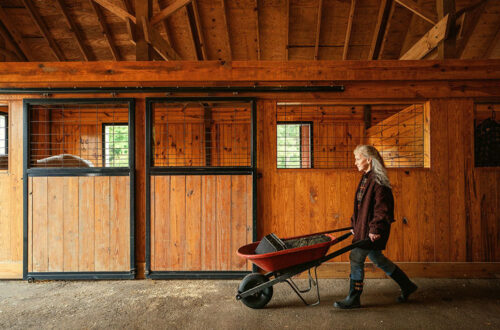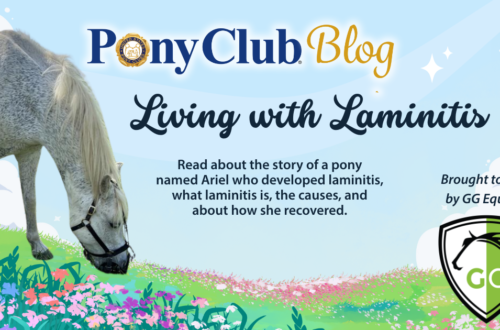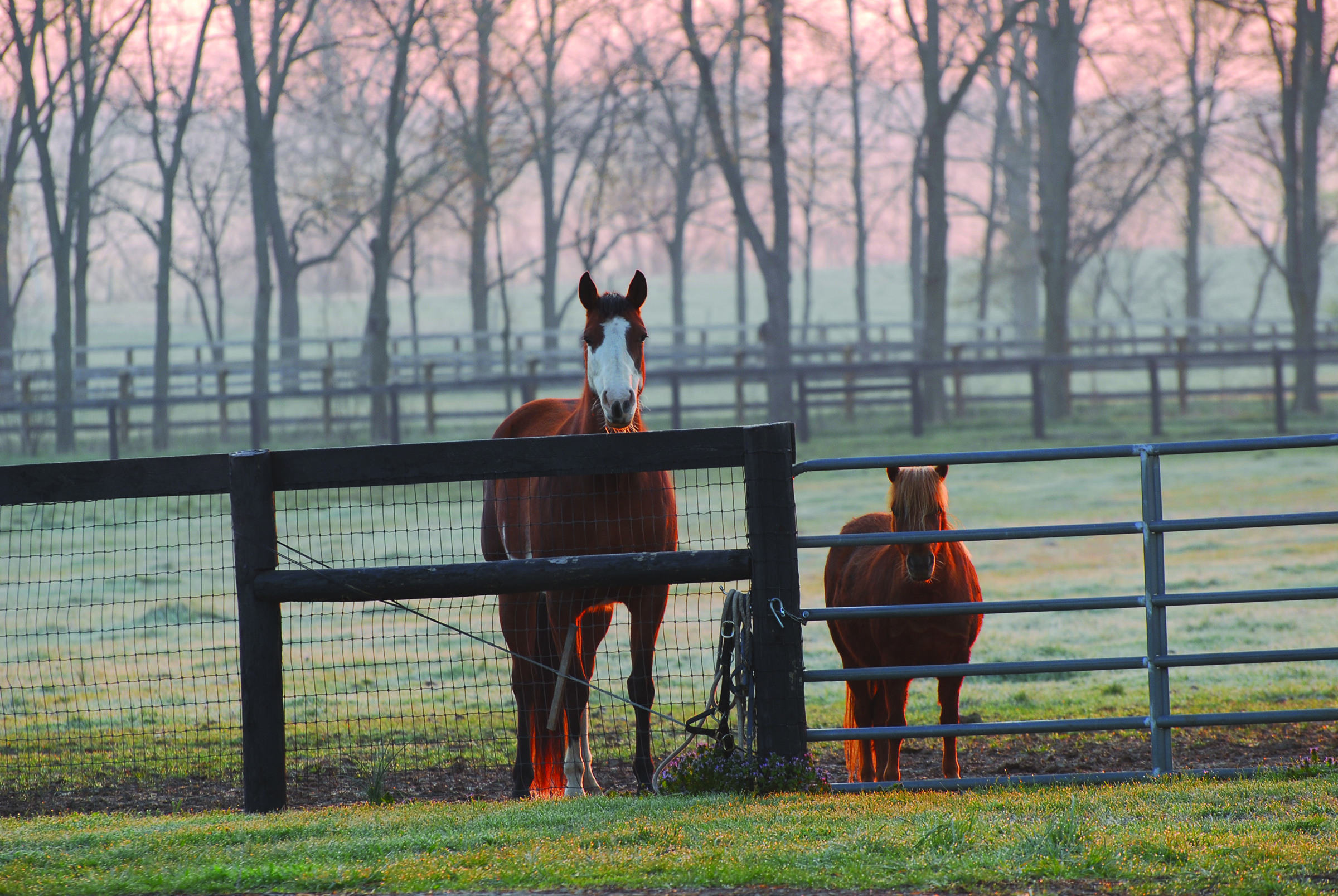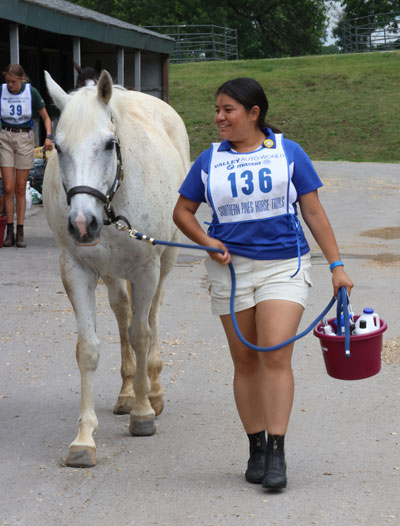
How Pony Club Prepares You for a Horse Show
By Emily Harris, National Youth Board Advisor
During the middle of April in 2022, I had the opportunity to go to a saddle seat show to groom for a friend of mine. I helped with packing, bathing horses, and the usual show-prep tasks. One of the tasks was to organize the tack and equipment boxes, and to my surprise, the boxes looked very similar to our rally kits. Mind you, my friend is not a Pony Club member, and never has been. But it was quite interesting to see, despite a few extra additions, how both Pony Club and my friend followed a similar format. She had an extra tack/equipment box and a set-up box full of tools, among other things.
A horse first-aid kit, a human first-aid kit, tack room equipment, and certain extra equipment are all necessary items that are a part of the Required Equipment List (REL). It may seem like it is a bit much, and there is a good chance you won’t even use half of the stuff. But the whole purpose of Pony Club’s education on a Required Equipment List, which requires you to take seemingly “everything,” is to create well-prepared individuals. You never know what will happen—whether it’s a piece of tack that breaks, an item that gets lost, or a person or a horse that ends up injured—and that is why being prepared is so important.
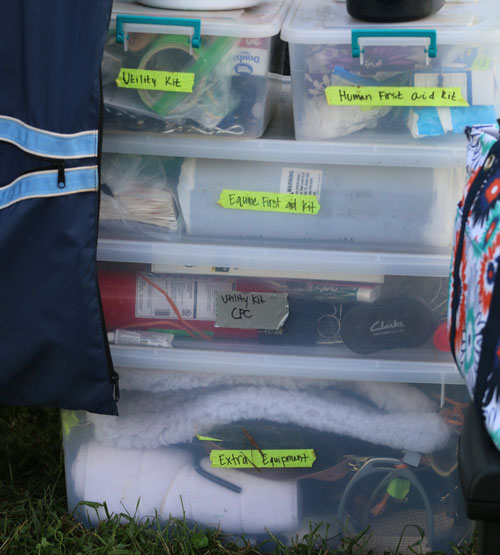
During my second year in Pony Club, I went to our region’s Dressage rally to compete in Western Dressage with my horse. We arrived a day early to get everything unloaded, to get my horse settled, and to set up everything, for the most part. It was dark by the time I finished, and my horse was bedded down for the night. She had been very nervous, naturally, since we were away from home. Before I could get in the car to leave, she hooked her halter on the water bucket and broke it. It didn’t break at the leather crownpiece. It broke at the buckle, and I didn’t have another halter with me in my trunk. So, I waited until morning to use the extra halter from the rally kit that my teammate was bringing. The day of the rally came, I used the extra halter, and the rest of the day went fairly smoothly. And there you go; a bad situation was able to be dealt with because we had extra equipment.
Back to being with my friend at the saddle seat show…it’s a day early when we are setting up. Everything is going smoothly. The next day comes, and the show starts. We put one of her horses in an extra stall that we had set up as a cross-tie/ tack-up area. We are grabbing tack to get the horse ready, and we hear a pop. The horse had pulled one of his cross-ties down. Thankfully, the tie worked as it should, but he had pulled out his ring, and I had to nail it back up. A few seconds with a hammer and we were back in business…but only because I had brought a hammer.
It is easy to feel like you don’t need everything, or to not want to have to deal with all the extra stuff that comes with showing in Pony Club, but in reality, the Required Equipment List is a very important part of Horse Management!
It not only matters in Pony Club, but also outside of Pony Club as well. The skills you learn and the habits you form during your time as a Pony Club member will help prepare you for many situations. So, the next time you are frustrated with getting your rally kit together, just think about the habits you are forming, and how they apply to life, inside and outside of your participating in the horse world.



